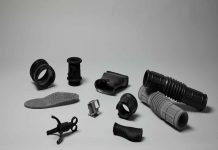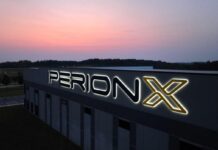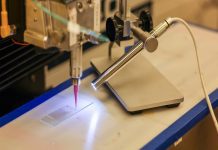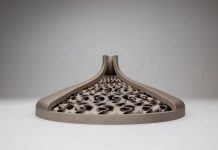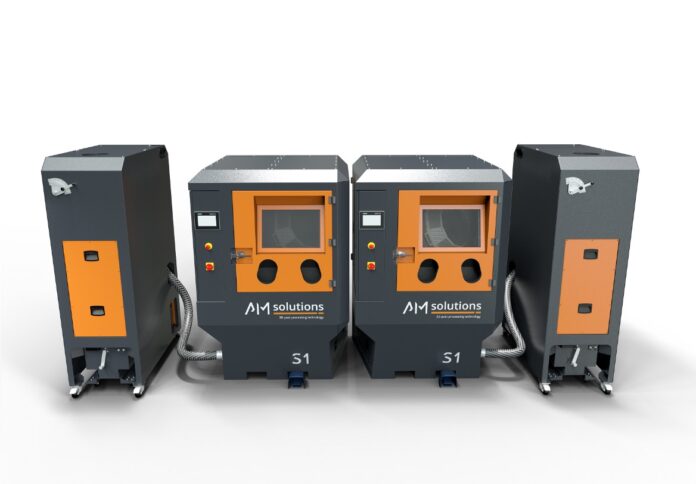
3D post-processing technology provider AM Solutions announced that Sauber Technologies, a company known for its 3D print solutions for Formula 1 racing cars and other industries, is using its shot blast system for the manufacture of the HiPAC components of the latter’s vehicles.
Using selective laser sintering (SLS) printing, AM Solutions revealed in a media release that its S1 system has a significant technical advantage in that it performs the post-process stages of “cleaning” and “surface finishing” in a single machine using only one blast material.
According to Vitor Sousa, team leader for additive manufacturing of plastic components at Sauber Technologies AG, the S1 system’s ability to handle many functions reminds them of the multi-functionality of a Swiss army knife.
Previously, the team at Sauber said they had to physically rework and shot blast the printed components separately, but now they merely have to pull the final pieces from the S1 and inspect them visually.
Sousa emphasised that the company can save at least two hours of crucial time per post-processing cycle with an average batch size of 20 workpieces.
Polystyrol is utilised in the blast media used in the S1 post-processing system. According to Vitor Sousa, the company formerly employed glass beads, which were less expensive but had a significantly shorter life expectancy due to their high wear rate.
The polystyrol media has a 15-fold increase in useable life, resulting in significantly cheaper operating costs.
Another advantage of polystyrol media over glass beads is that it produces more appealing and attractive surface finishes.
“In addition, we do not have to change the blast media for the process steps “cleaning” and “surface finishing.” And the risk of media contamination by using two different media has been completely eliminated,” added Sousa.
AM Solutions stated that the media cleaning and recycling method also reduces waste and makes the entire process more sustainable.
Meanwhile, in terms of saving space, Sousa said the normal S1 system was too large to fit into Sauber’s setup because the location where they produce their ur products is highly constrained in size.
As a result, AM Solutions’ 3D post-processing technology improved the S1 design by developing a mobile dust collector to address this difficulty.
Because AM Solutions designs and manufactures its equipment internally at its Untermerzbach site in Germany, such engineering flexibility is available, the company said.
“With AM Solutions we have a partner who offers not only standard equipment but who perfectly understands our requirements and provides us with tailor-made solutions,” Sousa concluded.
The S1 is on display at the Customer Experience Centre (CEC) of AM Solutions in Knowsley, United Kingdom.



